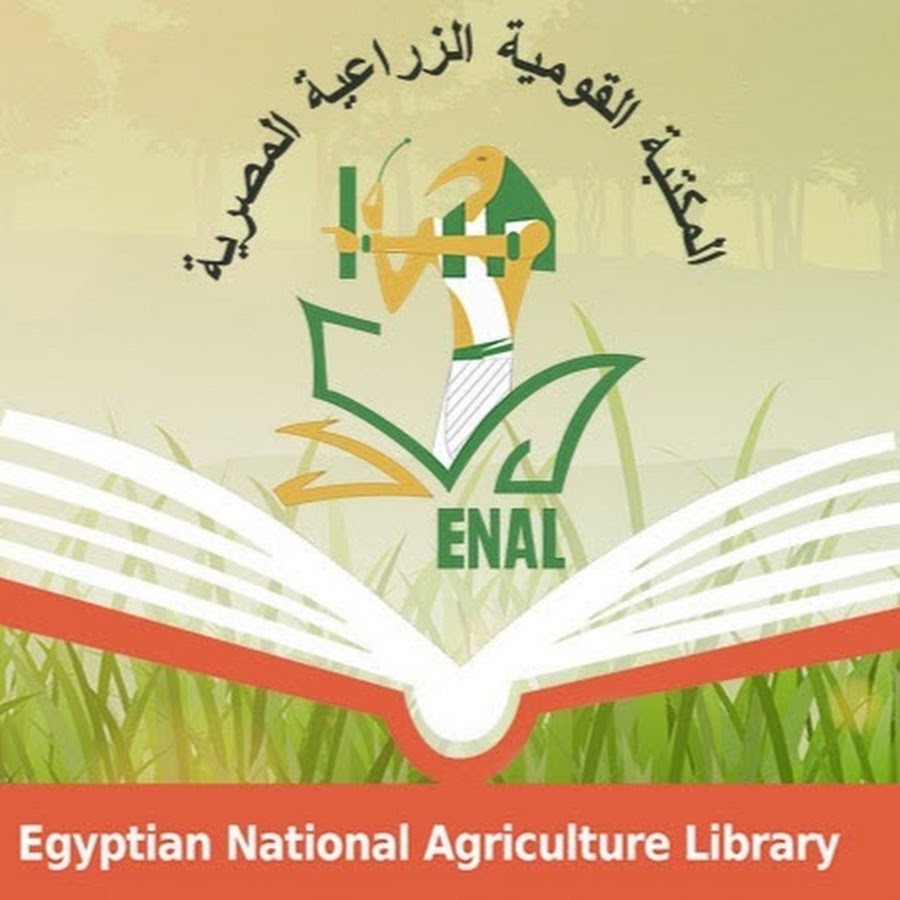A discussion on maize transformation during the last two decades (2002–2022): An update on present trends and future prospects
DOI:
https://doi.org/10.63072/aab.23001Keywords:
Gene transformation, Genotypes, GM maize, Optimized protocols, Prospects, TraitsAbstract
Over the past decades, improvements in plant biotechnology have been used to produce genetically modified maize cultivars that have the potential to tolerate various stresses and as a result maize production has increased in the world. GM maize varieties having various traits i.e. disease resistance and abiotic stress tolerance denote 30% of the world’s maize cultivated area. Genetic transformation in maize has been successfully achieved for the development of trait specific genotypes. Traditionally, some barriers in maize tolerance to certain traits still exist that can never be accomplished and to fill this gap, maize biotechnology has developed and commercialized GM maize varieties as an alternative to conventional breeding methods. Though various stresses i.e. biotic and abiotic can affect maize production but among other abiotic stresses, drought is a major issue that directly disrupts maize yield and productivity across the globe. Drought tolerant gene isolation and their transformation into maize are the key steps towards technological improvements. Agrobacterium mediated gene transformation in maize is widely used for the stable integration and transient expression pattern through optimized tissue culture protocols. This review mainly represents updated success in gene transformation in maize in the last two decades in terms of achievements, their uses and future prospects of GM maize cultivars. © 2023 The Author(s)
Downloads
Published
How to Cite
Issue
Section
License
Copyright (c) 2023 Advances in Agriculture and Biology

This work is licensed under a Creative Commons Attribution-NonCommercial 4.0 International License.




























